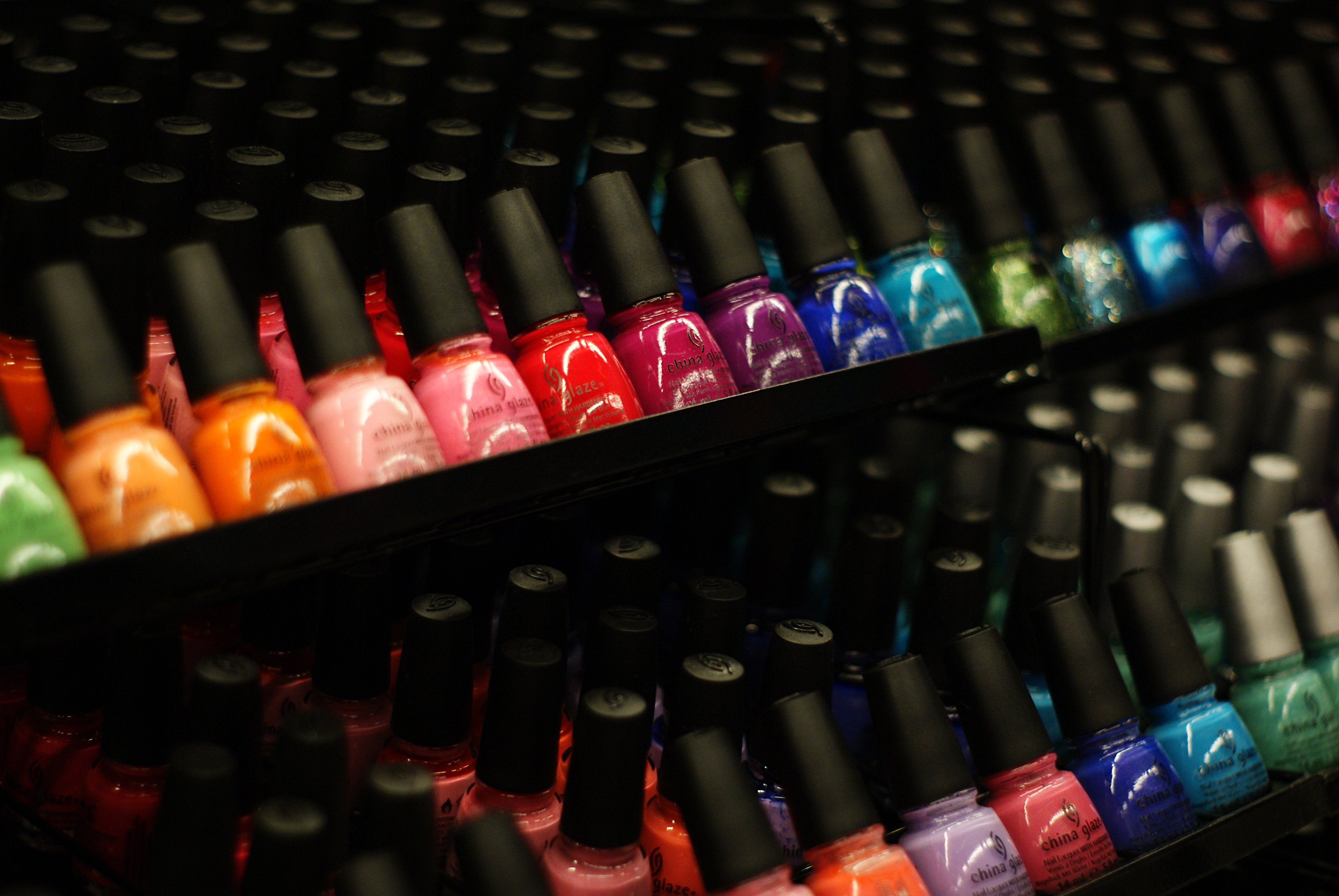You drop your water bottle and it doesn’t shatter into a million pieces. Your child’s toy is delightfully squishy yet resilient. However, are these benefits at the cost of your health? Phthalates are chemicals that are used to make plastics soft and flexible. The Emory University School of Medicine highlights that humans are most commonly exposed to phthalates by ingesting food that was stored or prepared in a plastic container, being treated with medicines intravenously in a hospital, or using everyday personal care products like nail polish and cosmetics. Unlike the notorious BPA compound, phthalates are among the lesser-known endocrine disruptors that menace our bodies as we continue to use products that contain it. An endocrine disruptor is a chemical that has the ability to disrupt or increase hormone activity in the body.
Phthalates are capable of disrupting the natural balance of hormones to the point of causing illness. Researchers at the Center for Disease Control (CDC) have found via urine samples that phthalate exposure is high among the United States population. They have also found that women have significantly higher levels of phthalates in their urine than men. The CDC mentions that these increased levels of phthalates seen in women are probably the result of their extensive use of hygiene products.
According to the National Institute of Environmental Health Sciences, prolonged exposure to phthalates in men can give rise to conditions such as testicular cancer, low sperm count, and reproductive organ abnormalities. Exposure to this chemical in women increases their chances of developing breast cancer and endometriosis—abnormally increased growth of tissue in the reproductive tract that can cause pain and infertility. In children, this chemical can cause precocious puberty (early onset puberty), which is when girls begin puberty before the age of eight or boys before the age of nine.
With all of this information about phthalates, can we choose to veer away from products that contain it? Realistically, probably not, since it is found in too many of the items we use daily. Like BPA, we must promote the removal of this chemical from as many products possible, not only for our sake but also for the sake of future generations!
Feature Image Source: Gerry Lauzon










